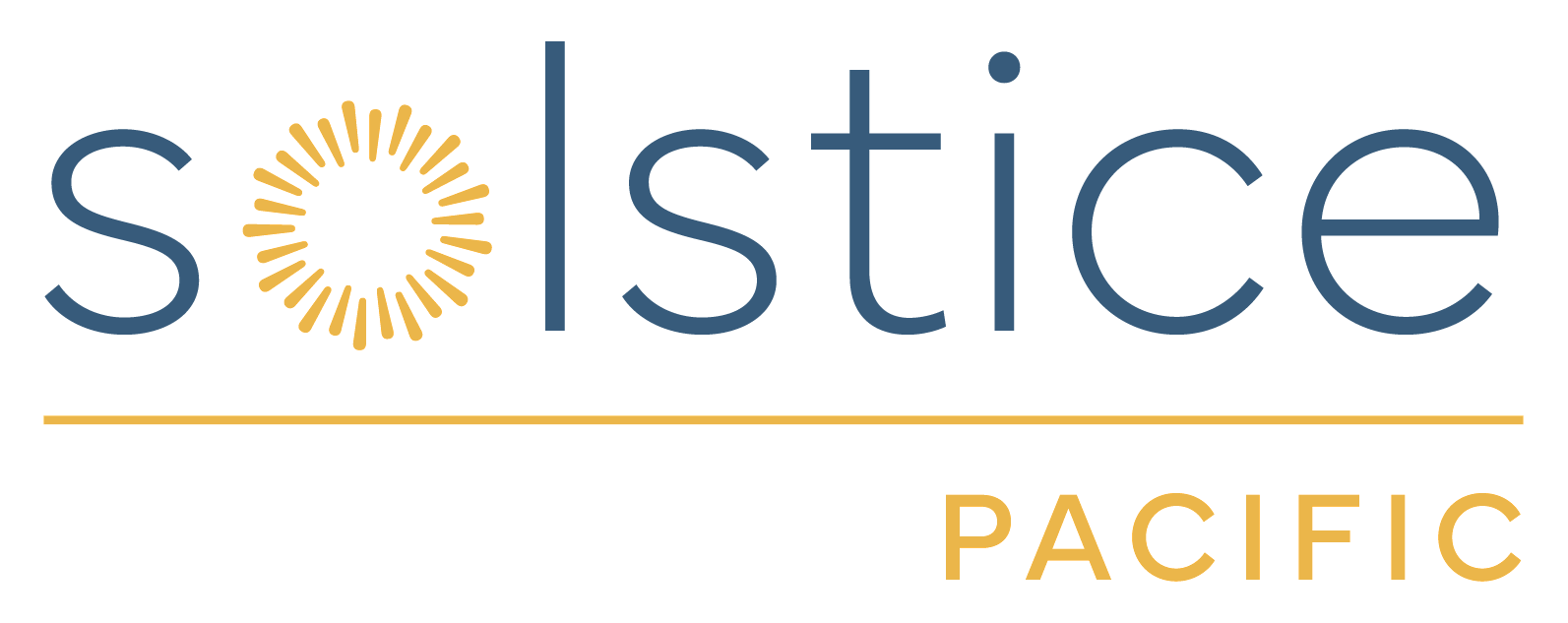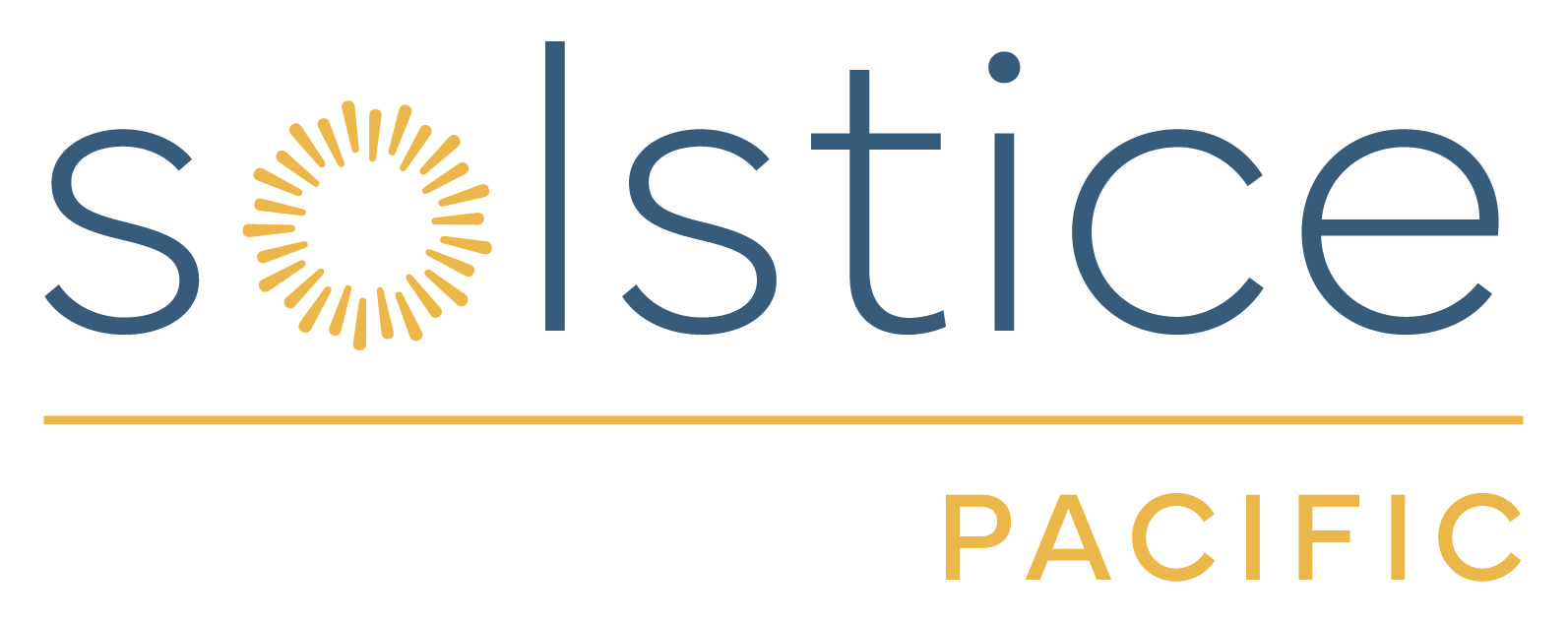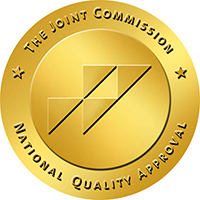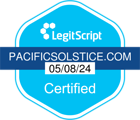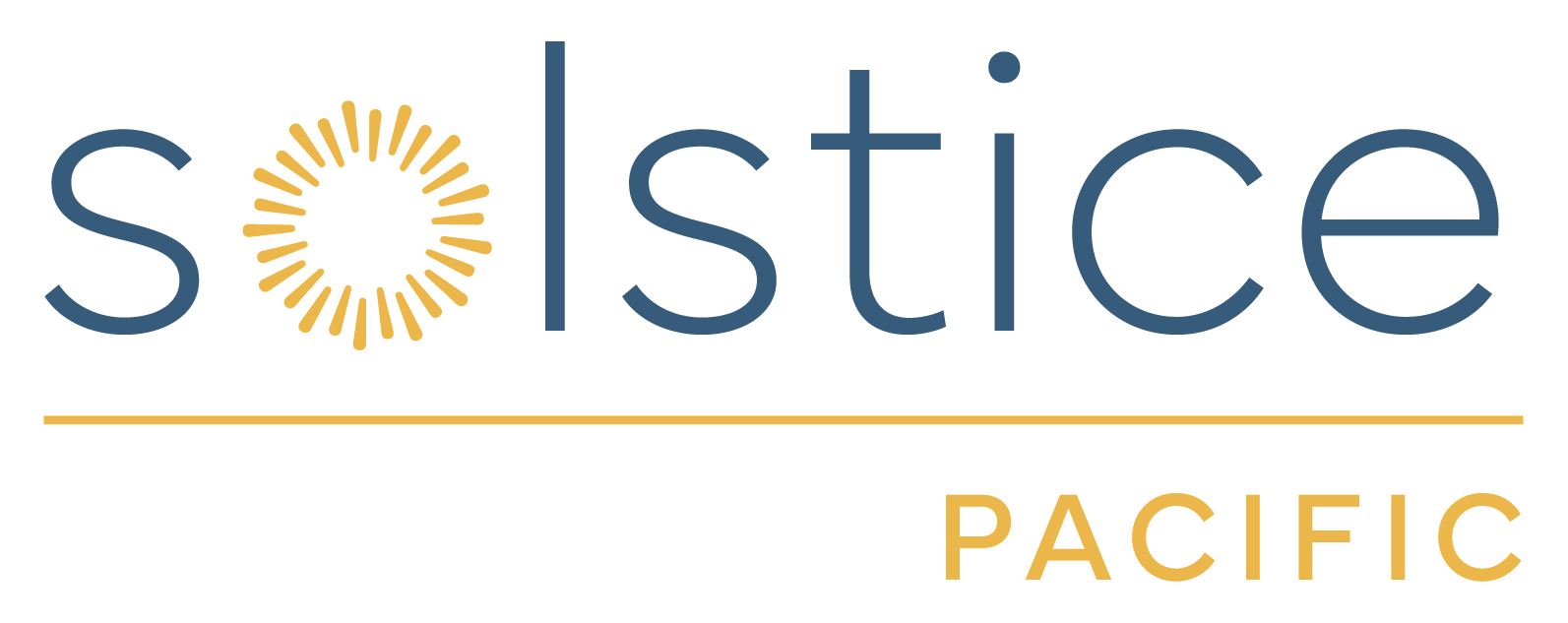Substance Addiction

About the Substance Use Disorder
Many people may not realize that substance addiction is a mental illness. Being addicted to drugs and alcohol can change the way a person thinks and acts, which can interfere with their ability to function at work, school and in other important areas of life. And it affects more people than others may realize. 20.2 million adults had a substance abuse disorder in the United States in 2014. The ten drug classes associated with substance addiction are: alcohol, amphetamines, cannabis, cocaine, hallucinogens, inhalants, nicotine, opioids, phencyclidines, sedatives, hypnotics or anxiolytics.
Substance addiction is defined by excessive and continued use of a substance despite the harm it causes to the user and those around them. Experimenting with drugs is often the first step on the path to substance addiction. Over time, depending on the drug and frequency of use, a person’s tolerance for drugs or alcohol become stronger. When tolerance is higher, a larger dose is necessary to feel the same effects of the drug. Soon enough, a person feels the full effects of addiction and finds it difficult to function without the substance.
Symptoms of Substance Addiction:
Some common signs of drug addiction are:
- Needing to use the substance every day, sometimes multiple times a day
- Reaching for the substance when times feel difficult and there’s a need to escape the stressors of daily life
- Increasing the amount and frequency of drug use over time
- Missing important social gatherings, work responsibilities, and other daily obligations due to drug use
- Taking drastic measures to get the drug, like spending money that isn’t there, stealing or being involved in risky circumstances to obtain the drug
- Doing risky things while using the drug, like driving
- Continued use of the drug even though it’s causing physical and psychological harm to the user
- Being unable to stop use of the drug and going through withdrawal symptoms after discontinued use of the drug
Why There Is Hope for Substance Use Disorders
People with alcohol or drug dependence problems can and do recover. While there are cases of people overcoming substance addiction on their own, most cases benefit from the support of a loved one, a support group, a therapist or other healthcare practitioner.
Helping A Loved One and Early Intervention for Substance Use Disorders
Substance abuse alters the way the brain works. It can truly change a person and make them act in ways that are unrecognizable to their loved ones. While it is up to the dependent person to want to get help, the encouragement and support of others can make a difference. Denial is prevalent in substance dependency. The person may blame the negative effects of substance use, including losing a job or aggressive behavior, on something else rather than recognize that the drug is actually the culprit. If you feel as though your loved one or child is showing the signs of a substance dependency, talk to them and empower them to ask for help.
How We Treat Substance Use Disorders
The goal of treating substance abuse is to help people stop the use of alcohol or drugs and remain sober. It takes time, dedication, faith and patience. In order to figure out the type of treatment that will work best for the person’s individual needs, a clinical assessment is necessary. A clinician will ask the person about their personal history, the nature and length of their substance use, family history, any problems around school, work, finances or home life and other important questions that shed light on their experiences that may have contributed towards the dependency. It’s important to know that these questions are asked to help the person towards recovery and that there is no judgement involved. Being honest and open will put you one step closer to overcoming the dependency.
Treatment plans vary from person to person. The first step is to clear the body of the abused substance, or detoxification. It’s important to note that stopping the use of drugs or alcohol without the proper medical supervision can be dangerous and even life-threatening when you are addicted. It may be necessary for a physician to guide the person through a medically supervised withdrawal so that they can detoxify safely. This is especially necessary when the person is using large amounts of opioids, barbiturates, sedatives, pain medication or alcohol. Whether the person requires medical or non-medical detox will be decided after the initial evaluation. Detox is not treatment, but it’s a step in the right direction.
Depending on the severity of the substance dependence, outpatient treatment can be an option. This allows the individual to get treatment while still living at home. Outpatient programs may require the person to attend a certain number of treatment activities, including meetings, medical check-ins, and group counseling sessions. Outpatient therapy works best when the person is supported by loved ones, has reliable source of transportation and is willing to attend counseling on a regular basis. Solstice Pacific specializes in Partial Hospitalization, Intensive Outpatient and MeRT for those recovering from addiction.
When it comes to treatment for substance use and reliance, it’s important to have a plan. Our clinicians will help you write out goals, apply tools to achieve them and develop supportive habits as you replace an old thing for something so much better. Having a realistic and adaptive plan will help you stay the course. Relationship and hope await those in recovery.
Sublocade Treatment
Opioid addiction or Opioid Use Disorder, refers to compulsive drug seeking and use despite the negative consequences. Opioids can take over the brain and physically change it, making it really hard for someone to stop using opioids on their own. Medication-assisted treatment (MAT) combines counseling and medication to help treat and manage opioid addiction long term. Sublocade is the first once-monthly extended-release form of Buprenorphine. Buprenorphine is a medication commonly used in MAT to help reduce withdrawal symptoms, cravings and discomfort. Sublocade allows the body to adjust to being without opioids while the individual sets healthy new routines.
Sublocade is injected just under the skin by a healthcare professional as a liquid, and once inside the body, turns into a soft gel. The medication is then able to be released into the bloodstream at a controlled rate all month. This prevents the daily ups and downs of taking oral Buprenorphine, which means less withdrawal symptoms and cravings. Detox does NOT need to be completed in order to start Sublocade and the medication is released into the body immediately after injection. Pairing Sublocade with individual therapy, group work, and holistic protocols - the darkness of opioid addiction can come to an end.
Call us today at 949.200.7929 or start your assessment here.
What Ongoing Care Looks Like for Substance Use Disorder
Recovery is a life-long journey. It takes waking up every single day with the dedication to living a sober, substance-free life. Keeping up with treatment, attending meetings like AA (Alcoholics Anonymous) and NA (Narcotics Anonymous), and staying in touch with oneself and others will make a difference. In therapy, people can learn social skills, communication skills, stress and anger management, education for goal setting and money management - all of which are necessary tools for a thriving life. When a person is well-equipped to face the world, all the good and all the bad, they reduce their chances of falling back on the substances they once used to cope. The groups at Solstice Pacific enhance the success of recovery by allowing people to connect with other sober individuals. Sponsors, someone who has been in recovery for a long time, can help keep you on the path. But here, Partial Hospitalization (PHP), Intensive Outpatient (IOP) and MeRT will charge your course and re-center you.
Symptoms of Substance Addiction:
Some common signs of drug addiction are:
- Needing to use the substance every day, sometimes multiple times a day
- Reaching for the substance when times feel difficult and there’s a need to escape the stressors of daily life
- Increasing the amount and frequency of drug use over time
- Missing important social gatherings, work responsibilities, and other daily obligations due to drug use
- Taking drastic measures to get the drug, like spending money that isn’t there, stealing or being involved in risky circumstances to obtain the drug
- Doing risky things while using the drug, like driving
- Continued use of the drug even though it’s causing physical and psychological harm to the user
- Being unable to stop use of the drug and going through withdrawal symptoms after discontinued use of the drug
